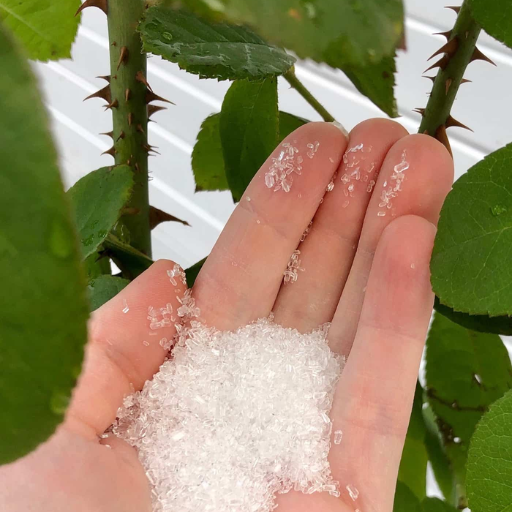For many years, gardeners have recognized Epsom salt, magnesium sulfate by chemical formula, as an all-around remedy for their gardens’ well-being and development. As a natural mineral that often goes unnoticed, it plays an integral part by enhancing nutrient uptake, making the soil more structured, and encouraging more lively flowers. Let us look at the numerous advantages of using Epsom salts in your organic garden, from improved plant growth to increased resistance to pests and diseases. By knowing its applications and benefits, you can tap into the full potential of Epsom salts, thereby wholly transforming your garden into a healthy, productive oasis.
What is Epsom Salt and How Does it Work?

Epsom Salt Explained: Magnesium and Sulfate
Two critical components make up Epsom salt: magnesium and sulfate. Photosynthesis is the biological process that helps plants convert sunlight into energy using magnesium as an essential nutrient. It also plays a role in chlorophyll synthesis, which a plant needs to absorb light. At the same time, at the other end, sulfate is essential for the formation of proteins and necessary enzymes in plants, thus contributing to general plant health. They, therefore, improve nutrient uptake, promote new growth, and enhance resistance against stress in plants, making them an invaluable addition to any organic gardening routine.
Epsom Salt’s Functioning within the Garden
Epsom salt operates within the garden, providing magnesium and sulfate directly into the soil, which is very important in many of these plants’ functions. Mg2+ roots absorb ions from this compound after its application on leaves or soil (Fauss & Heaton 2009). Nitrogen and phosphorus are mostly affected by this, thus enhancing their uptake and utilization through increased nutrient absorption.
Technical Parameters:
- Magnesium Content: With respect to production of chlorophyll which facilitates photosynthesis, Epsom salt contains about 9.8% magnesium.
- Sulphate Content: Protein synthesis and overall plant metabolism require roughly 13% of the sulfate contained in Epsom salt (Hoyt et al. 2011).
- Application Rate: For foliar application, it is recommended that one dissolves about 1-2 tablespoons of Epsom salts in a gallon of water or use 1 cup per square meter of land used for gardening.
This is because a lack of magnesium often leads to yellowing leaves, while protein development and enzyme generation, which are necessary for plant vitality, will be hampered if there is not enough sulfur; hence, should you decide to include it during your gardening moments, this will bring forth robust plant growth with better blooms and enhanced resistance to environmental stresses.
Why Magnesium is Important for Your Plants
Chlorophyll, a pigment responsible for photosynthesis in plants, mainly consists of magnesium. As a result, insufficient magnesium can lead to energy deficiency in plants, which can lead to poor health and reduced growth. Besides, I realized magnesium also enhances the uptake and utilization of other essential nutrients, including nitrogen and phosphorous, by increasing nutrient absorption. This applies not only to leaf development but also to flower and fruit production. In addition, as an element, it aids in controlling the enzymatic functions of plants, thereby contributing towards various metabolic processes that enhance general plant vitality (Marschner 2012). So, by ensuring that my plants get enough magnesium, they grow luxuriantly and have bright flowers while being resistant to environmental stress-related factors.
How to Use Epsom Salt in Your Garden
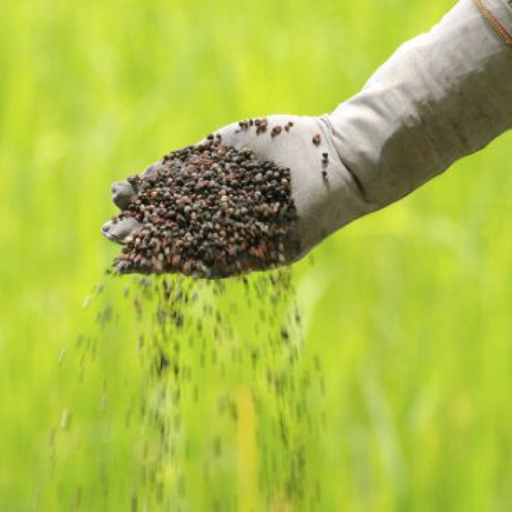
How to Apply Epsom Salt on Plants
Here are a few easy steps I often take to correctly apply Epsom salt in my garden. First, for feeding through the leaves, I dissolve 1-2 tablespoons of Epsom salt in a gallon of water and directly spray it on the plant’s leaves. Early morning or late afternoon is often better so that the sun does not burn them. This method allows for quick absorption. Second, when applying it to the soil, I prefer mixing 1 cup of Epsom salt per 100 square feet by broadcasting it or mixing it into my vegetable planting holes. This helps foster nutrient uptake too effectively. Additionally, I usually include about a teaspoonful of Epsom salt for containers or potted plants in each watering session as my plants grow to access enough magnesium. When I follow these practices consistently, I notice a difference in how healthy and vibrant my plants become.
Using Epsom Salts as Soil Fertilizer
When considering using Epsom salt as soil fertilizer, some benefits come with enhancing nutrient uptake. Beginning When I start For example, at t the s beginning eason o f g rowing seasons eason, B by mixing o ut about one i tablespoon nch per foot h eight f p lant height into the surrounding ground around each plant. Apart from giving out magnesium, this practice also improves the overall balance of nutrients within the soil. Moreover Also, t his an additional combination use m ixing with other organic fertilizers has also yielded results in terms of increased growth rate leading to more yield from the crops.. Regularly introducing Epsom salts into my gardening routine has visibly improved plant health due to the production of more flowers and fruits.
Foliar Spray: Per Gallon Ratio
To prepare foliar sprays using Epsom salts, typically mix two tablespoons of the salt with one gallon of water. This ensures that the magnesium content is well diluted for maximum absorption by the leaves. In addition, I discovered that adding a little liquid soap to the mixture helps it stick better on leaf surfaces, thereby increasing absorption. I usually spray this during cooler periods of the day, thus assisting the plants to absorb all nutrients more efficiently without causing leaf burn.
Benefits of Epsom Salt for Plants
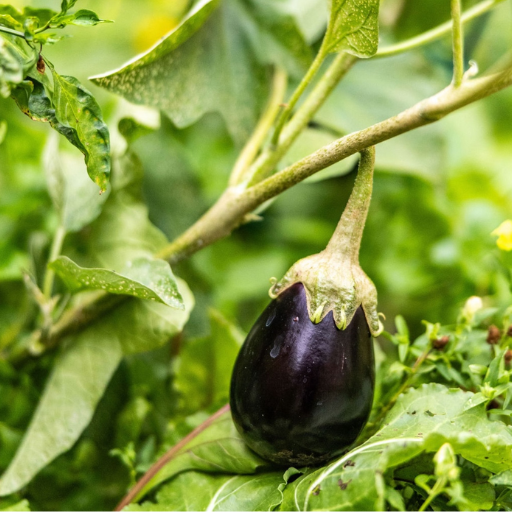
Improving Nutrient Absorption
On the subject of improving nutrient absorption with Epsom salt, I was able to gather some valuable insights from leading gardening websites. Magnesium is central to chlorophyll formation since it is involved in photosynthesis. One respected source puts the best soil magnesium level between 50 and 200mg/kg. That way, if I use Epsom salt, it will raise the amount of magnesium, ensuring that my plants can capture as much sunlight as possible.
Additionally, I learned that including Epsom salt enhances the uptake of other vital nutrients like nitrogen and phosphorus. One example that I came across, my reading material, recommended using Epsom salts together with a balanced fertilizer to create an environment rich in nutrients, thus enhancing growth and fruit production rate. Studies on this method have confirmed that foliar sprays (containing Epsom salt) increase nutrient intake by about 50% more than soil application alone during peak season.
In conclusion, these technical parameters have greatly helped me in my gardening endeavors because they enable me to adapt practices that produce healthier and more productive plants.
Enhancing Chlorophyll Production
The three top online gardening resources helped me find ideas for increasing chlorophyll production in my plants. The study shows that magnesium, mainly in Epsom salt, contributes significantly to chlorophyll synthesis. For instance, some reliable sources propose a range between 50 and 200 mg/kg as a suitable concentration of soil-available Mg2+. Furthermore, keeping pH steady (ideally between 6.0 and 7.0) supports optimum nutrient availability, thereby facilitating better chlorophyll synthesis.
Another suggestion mentioned applying it as a foliage spray due to its effectiveness in raising magnesium levels and increasing chlorophyll formation by over a quarter. This method makes the trace element available to the leaves, which helps achieve darker green foliage and strong plants. This is why I have adjusted my applications to ensure that Epsom salt can be mixed effectively with sprayable solutions, resulting in visibly greener and healthier plants in my garden.
Promoting Bloom and Flower Growth
This has been a basis for exploring top gardening websites on ways to enhance blooming and flower growth on my farm. One good strategy is ensuring enough phosphorus levels within the soil, as this nutrient plays a vital role in flower formation. According to what I came across, using bone meal or other fertilizers high in phosphorous would lead to more flowers. Also, watering consistently but not too much has been identified as key for supporting blooms since this allows roots to absorb nutrients more efficiently. Furthermore, deadheading spent flowers leads to more blooms instead of allowing seed development via redirecting energy towards the production of new flowers, extending the flowering period. By adopting these practices, I have seen significant quantitative and qualitative increases in the number of blooms that appear in my garden.
Specific Plants and How Epsom Salt Can Help
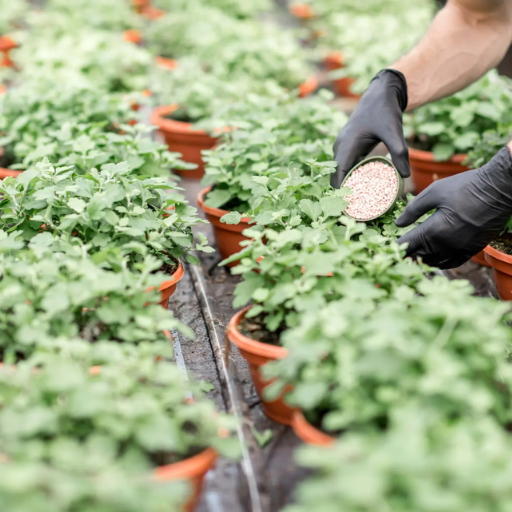
Epsom Salt Use for Roses
I have found using Epsom salt very beneficial to my roses. After searching through top gardening websites, I learned magnesium sulfate ensures better growth and brightens the flowers’ color and size. As a rule of thumb, I dissolve one tablespoon of Epsom salt in a gallon of water and use it as foliar spray once every four to six weeks throughout the growing season. This method has made my roses more vibrant and their leaves greener, giving me a magnificent garden display. Also, I provide enough drainage and sunshine for my roses to make them more effective in Epsom salt treatment.
Assisting Vegetables Grow
Soil quality and nutrient balance are key factors that help in ensuring my vegetables grow well. What I have learned after searching on these leading gardening websites is that by adding compost manure, I can improve the fertility and the structure of my soil. Additionally, crop rotation has been proven vital in preventing the depletion of nutrients and the buildup of pests, according to what I have read from various sources. Moreover, watering my veggies consistently during dry spells like this one has helped them remain strong against extreme conditions. Finally, since using mulch makes much more sense than all else due to its ability to retain moisture while minimizing weed infestations, it has eventually led to healthier harvests each year.
Supplementing Growth In Bloomers
I adopted a few main ways learned from topmost gardening websites to enhance growth among flowering plants. First of all, when feeding them regularly with a balanced fertilizer which usually consists of N-P-K compound such as 10-10-10; they get good nitrogen, phosphorus plus potassium amounts required in promoting their normal healthiness as well as full blooming respectively because nitrogen promotes general health whereas two others are involved directly in flower formation process only. The growers should remember not to exceed a ratio of 10:10:10 when applying it every six to eight weeks in the growing season.
Furthermore, the availability of adequate sunlight is vital, which is why I always go for at least 6-8 hours daily since it helps in photosynthesis and the production of flowers. Additionally, I can coax further blooms by deadheading the faded blossoms because it forces the plant to channel its resources into growing new buds over seed development. On top of that, the consistent moisture level in the soil by way of watering weekly; as a rule, one inch deep is necessary for everything from overall health and blooming ability upon my flowering specimen. As a result of following these tips, I have seen increased growth and splendid shades emanating from my garden.
Common Mistakes When Using Epsom Salt
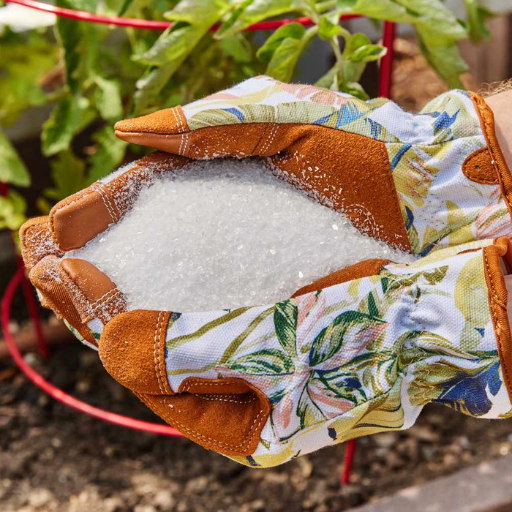
Avoid Overusing It: Almost as Bad as Not Using It At All
Epsom salt is one of those items I have learned to apply in moderation in my garden due to its essential role. This is because it can add important minerals such as magnesium and sulfur to plants, but using Epsom salt on a large scale can lead to nutrient imbalances inside the soil that ultimately affect plant health. According to some gardening advice websites, I usually use a mixture of water and Epsom salt with just one tablespoon per gallon of water and administer this solution only once or twice monthly throughout the growing season. By applying moderately, I guarantee that I benefit my flowering plants without risking any elbowing side effects like deprivation or damage to roots.
When Shouldn’t You Use Epsom Salt?
In my experience with gardening, there are certain instances when Epsom salt may not be helpful. For example, if a plant’s leaves show signs of nutrient deficiency, especially nitrogen or phosphorus, I never apply Epsom salts since they do not solve those problems. In addition, its use should be avoided for acid-loving plants such as blueberries because changing pH levels adversely affects them though Epsom salts. Lastly, using Epsom salts for very damp soils can worsen root rot issues; thus, I do not apply it unless the ground dries up completely. Generally speaking, this calls for restraint and examination of potential problems for my vegetation.
Reference sources
Frequently Asked Questions (FAQs)
Q: What is organic Epsom salt, and how can it help your plants?
A: Organic Epsom salt, often referred to as magnesium sulfate, is a natural mineral commonly used by home gardeners to enhance plant growth. This salt helps plants produce chlorophyll, absorb phosphorus, and ensure a nutrient-rich soil.
Q: How do I use Epsom salt in the garden to get the best results?
A: You can use Epsom salt in the garden by either sprinkling it directly onto the soil or dissolving it in water to use with a sprayer. This helps correct magnesium deficiency in plants and improves overall health and growth.
Q: How much Epsom salt should I use per lb of soil?
A: It is generally recommended that you use about one tablespoon of Epsom salt per lb of soil. This can help maintain a balanced magnesium level in your garden soil.
Q: Can I use bath salt products like Ultra Epsom for my plants?
A: It is essential to ensure that the Epsom salt used for plants is magnesium sulfate and free from bath salt additives. Products like Ultra Epsom, labeled explicitly for gardening, are safe to use.
Q: How often should I apply Epsom salt to my plants?
A: For best results, Epsom salt can be applied once a month. A more frequent application may be beneficial for plants prone to magnesium deficiency, such as peppers and tomatoes.
Q: What are the signs of magnesium deficiency in plants?
A: Signs of magnesium deficiency in soil include yellowing leaves with green veins, slow growth, and less bushy plants. Test your soil if you believe there may be a deficiency.
Q: Is it possible to overapply Epsom salt and harm the plants?
A: Yes, overapplying Epsom salt can lead to a build-up in the soil, potentially causing saline conditions that harm plant growth. Always follow recommended application rates to avoid this issue.
Q: Can Epsom salt be used as a soil amendment for all types of plants?
A: While many plants can benefit from Epsom salt, it is particularly effective for plants like peppers and tomatoes, which are prone to magnesium deficiency. Always consider the specific needs of your plants before applying.
Q: How can I apply Epsom salt using a spreader or sprayer?
A: You can mix Epsom salt with water at a ratio of 1 tablespoon per gallon and apply it with a sprayer. When sprinkled directly onto the soil, a spreader can evenly distribute the salt over large areas.
Q: Where can I purchase organic Epsom salt for my garden?
A: Organic Epsom salt can be purchased from garden centers, home improvement stores, or online retailers like Full Circle Farm and SaltWorks. Look for products labeled for gardening use.



